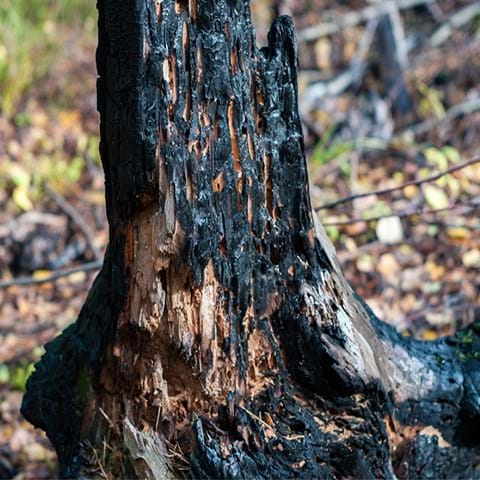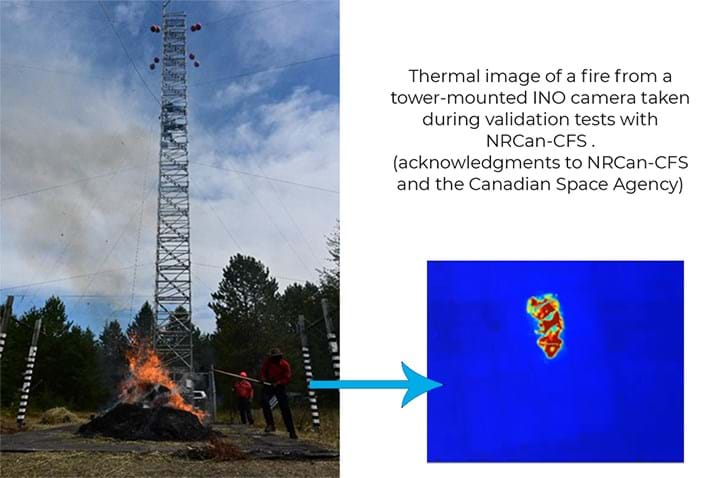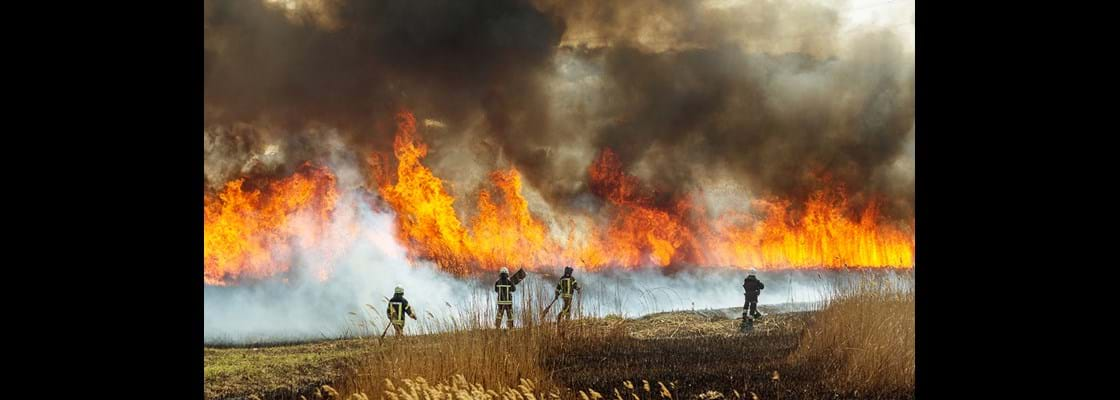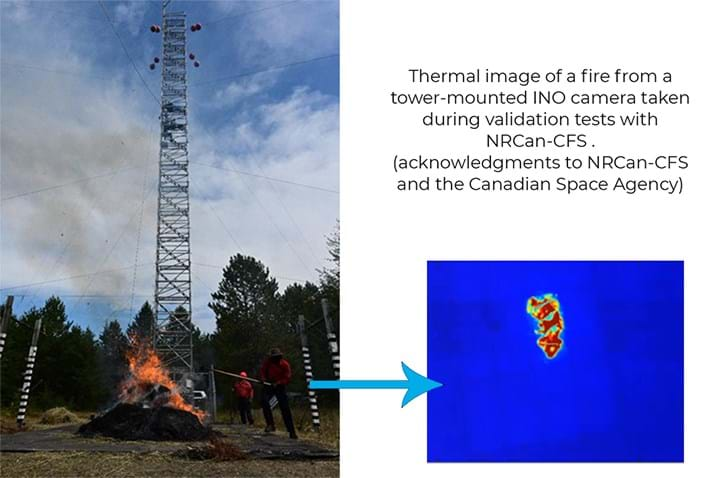Half of the 7,600 or so forest fires that break out in Canada every year are due to natural causes (e.g., lightning). The rest are started by people. The problem wouldn’t be so serious if it were limited to naturally occurring fires, since fire can be good for forest renewal. However, the number of natural fires could increase significantly as a result of climate change. These fires have significant environmental consequences: they increase CO2 levels in the atmosphere, destroy soil nutrients, leave land vulnerable to flooding and landslides, and result in pollution from firefighting chemicals. And that’s not even counting property and infrastructure damage. The Australian fires of 2019, for example, were brought on by extremely dry weather and record high temperatures. Conditions such as these could become more and more frequent as the climate changes, which is why it’s vital to reduce the number of human-caused fires—and slow the pace of climate change. At the same time, we need to be realistic: even with a full complement of measures in place, total elimination of harmful fires is impossible.
Economic consequences for every country
Fires also have major economic consequences. Not only is firefighting expensive, but building losses, insurance payouts, and evacuations also come at a cost. As a case in point, the 2016 fire in Fort McMurray, Alberta, resulted in $3.77 billion in insurance payouts and destroyed 2,400 buildings. Between 1980 and 2018, an average of 29 communities and 13,000 people were evacuated every year in Canada due to forest fires.
In the US, wildfires can affect federal and state budgets, as well as spending on public health and the natural environment. Fire suppression spending by the US Forest Service had increased from about 15 percent of its total budget to more than 50 percent by 2017.

How can we fight wildfires and reduce risks?
There are simple ways to prevent forest fires, such as having safe campfires and avoiding smoking in forested areas. Unfortunately, most public resources go toward firefighting rather than fire prevention, a situation attributable to a multitude of natural, technical, political, and logistical factors.
Knowing this, how can we minimize the consequences?
One potential solution for better firefighting is to use thermal cameras installed on satellites, aircraft, and potentially high altitude pseudo-satellites (HAPS). These cameras can measure the heat given off by fires to help determine their precise location and intensity. INO has already developed one such camera system for the NIRST instrument integrated into the Argentinean satellite SAC-D.

A satellite that can change everything
INO’s high-level multidisciplinary expertise enables us to develop precision measurement solutions capable of withstanding the rigors of air and space applications. Recently, the Canadian Space Agency (CSA), in collaboration with National Resource Canada’s Canadian Forest Service (NRCan-CFS), started developing the world’s first dedicated satellite system for wildfire measurment: Wildfiresat.
Its goal is to precisely detect wildfires from space and thereby better allocate limited firefighting resources. INO is playing a key role in Wildfiresat by developing its lightweight, high performance sensors.
In 2019, INO tested the wildfire sensor techology proposed for Wildfiresat in a test campaign organized with NRCan-CFS and CSA in Ontario. Tower-mounted INO cameras captured images of controlled fires at the same time as NRCan-CFS standard reference thermal cameras. Results showed that the fire intensities measured with the microbolometer-based INO cameras were almost perfectly consistent (less than 6% difference) with those measured by the more expensive, power-hungry, and heavy cooled-sensor thermal cameras conventionally used for fire mapping applications. These positive results were an important step in validating INO’s capabilities and expertise in the field of widfire sensing.
Forest fires are a major environmental, economic, and human concern, and it is vital to be able to detect and measure them quickly and accurately. INO is the partner of choice for achieving this goal. Please feel free to contact me to learn more about our solutions and how we can work with you to tackle this important problem. Our five-step method enables us to work efficiently with our partners to develop and deliver the most effective solutions for their needs.




